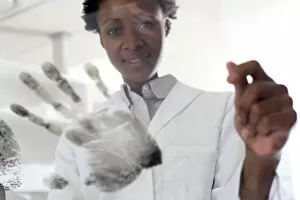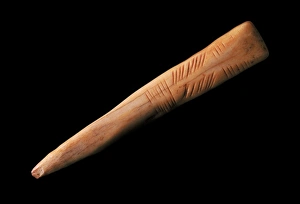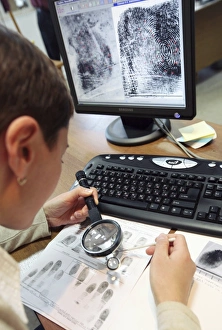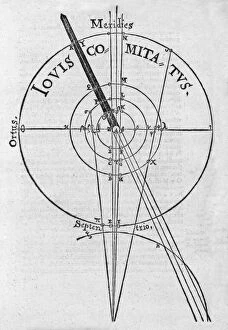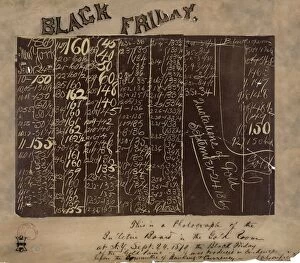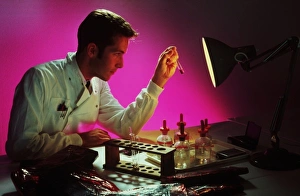Evidence Collection (page 9)
"Evidence: Unveiling Truths Through Time and Tales" In the depths of history, within the hallowed halls of the Court of Exchequer
All Professionally Made to Order for Quick Shipping
"Evidence: Unveiling Truths Through Time and Tales" In the depths of history, within the hallowed halls of the Court of Exchequer, justice was sought through tangible proof. From a Kitten Tangled in Wool to Tarot Card 2 - La Papesse (The Female Pope), each piece became a puzzle piece in the pursuit of truth. Traveling back to 1883, Musical Instruments adorned courtrooms as evidence of stolen melodies and broken harmonies. Meanwhile, at the Court of Common Pleas, testimonies intertwined with Charles Lightoller's accounts from his fateful voyage on Titanic. In another realm entirely, Police evidence bags safeguarded illegal drugs; their contents whispered tales of shattered lives and societal struggles. Yet amidst this darkness emerged an unexpected twist - Doyle Fairy Article captivating imaginations with its fantastical claims. Venturing further into uncharted territories, photographic evidence surfaced showcasing glimpses into mythical realms like that elusive Loch Ness Monster or Einstein and Eddington's celestial discoveries in 1930. These snapshots challenged our perception of reality itself. But not all stories were shrouded in mystery; some carried scars etched by war. An Injured WW1 Soldier stood as living testament to human resilience amidst chaos and destruction – his pain echoing across time. From distant shores came Batticaloa, Sri Lanka – where fragments held secrets untold. The remnants bore witness to untold stories woven by generations past; they whispered tales only stones could tell. Through these diverse threads interwoven throughout history emerges one undeniable truth: Evidence is more than just physical proof; it is a gateway to understanding our collective narrative – a tapestry connecting us all across time and space.



































